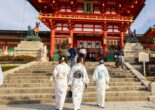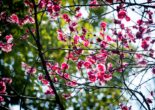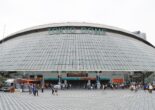It is the station next to Tokyo Station, but Yurakucho can hold its own to the bigger neighbor. It even has its own features compared to nearby Ginza. Read on to find out more.
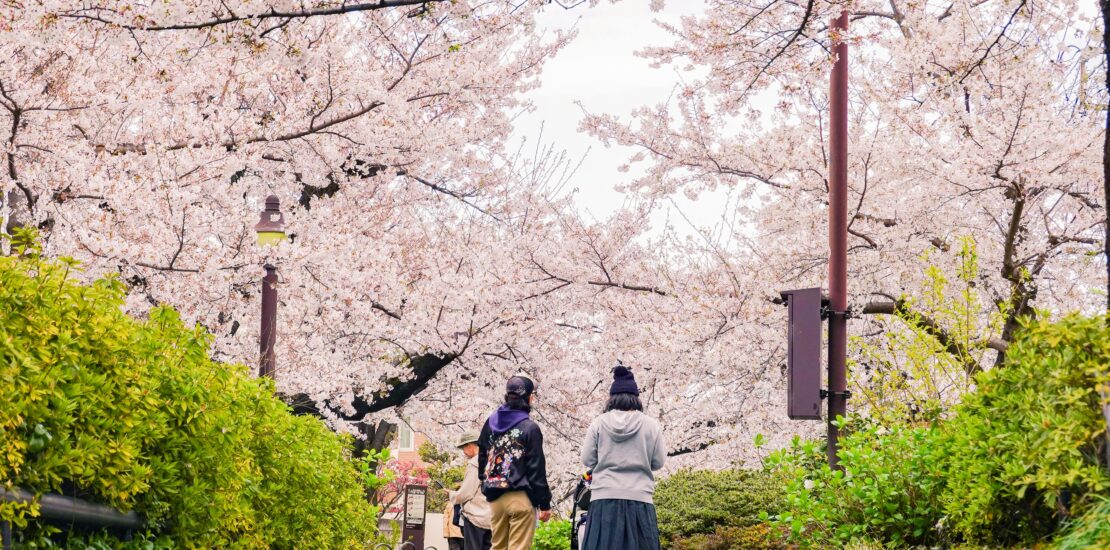
The area around Yurakucho station may feel like an appendix to the more famous Maronouchi and Ginza, but there is enough to do in this area to fill a day.
Even though the area between the station and the highway is only wide enough for a couple of city blocks, the shopping center has a unique clock to tell the time. Most of the time, it looks like an ordinary watch (made as it is by Seiko), but at noon, it transforms and exposes a parade of characters in pace with the music. It is a stunning example of Showa engineering.
Clocktower Prototype in Yurakucho
Another noteworthy example of Showa clockwork can be found less than two hundred meters to the south. Tokyo parks are full of public artworks, varying from the classic to the ultramodern (and consequently incomprehensible). One of the artists who changed postwar Japanese art and aesthetics with his deep connections to surrealism was Taro Okamoto, perhaps best known for the striking Tower of the Sun and other artwork at the Osaka Expo in 1970.
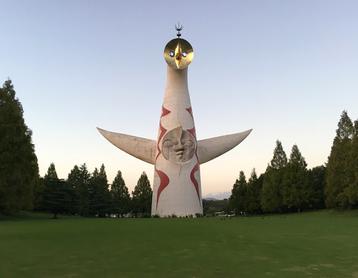
However, for those who want to see his work in Tokyo, not only will you find his massive mural ”Myth of Tomorrow” in Shibuya (in the passageway to Shibuya Mark City), but also the Young clock tower, that can be best described as the prototype for the Tower of the Sun, in Sukiyabashi Park south of Yurakucho station.
Rotating Restaurant
But those are not the only Showa engineering examples in the area. The Tokyo Kotsu Kaikan building, just across from the station on the eastern side, has a rotating restaurant on top. Once common, they are a rarity now, and this is one of two in Tokyo. That is not the main draw of the building, however.
While the highway buses it was created to accommodate have long since moved away, the Tokyo Kotsu Kaikan has one of the largest concentrations of ”antenna shops” in Tokyo.
An antenna shop has nothing to do with radio or TV antennas. Instead, these shops near Yurakucho reach out and function as feelers for the prefectures they represent. They are a regional information agency and delicatessen shop wrapped in one. If you are curious about the different parts of Japan but do not have the chance to go there, the antenna shops can be very accommodating.
Movie station side
The western side of the Yurakucho Station is more culturally interesting, especially if you are interested in theatre and the movies. Southwest of the station is where the Toho animation studios used to be, and this is the reason for the statue of Godzilla. The statue may be hard to find, because it does not tower over the surrounding buildings. It is the original size, which means a little over 30 cm tall, just like the animation model. The Toho Screening Room is easier to find and perhaps more interesting, because this is where Toho — one of Japan’s largest film companies — pre-screens their movies for a general audience.
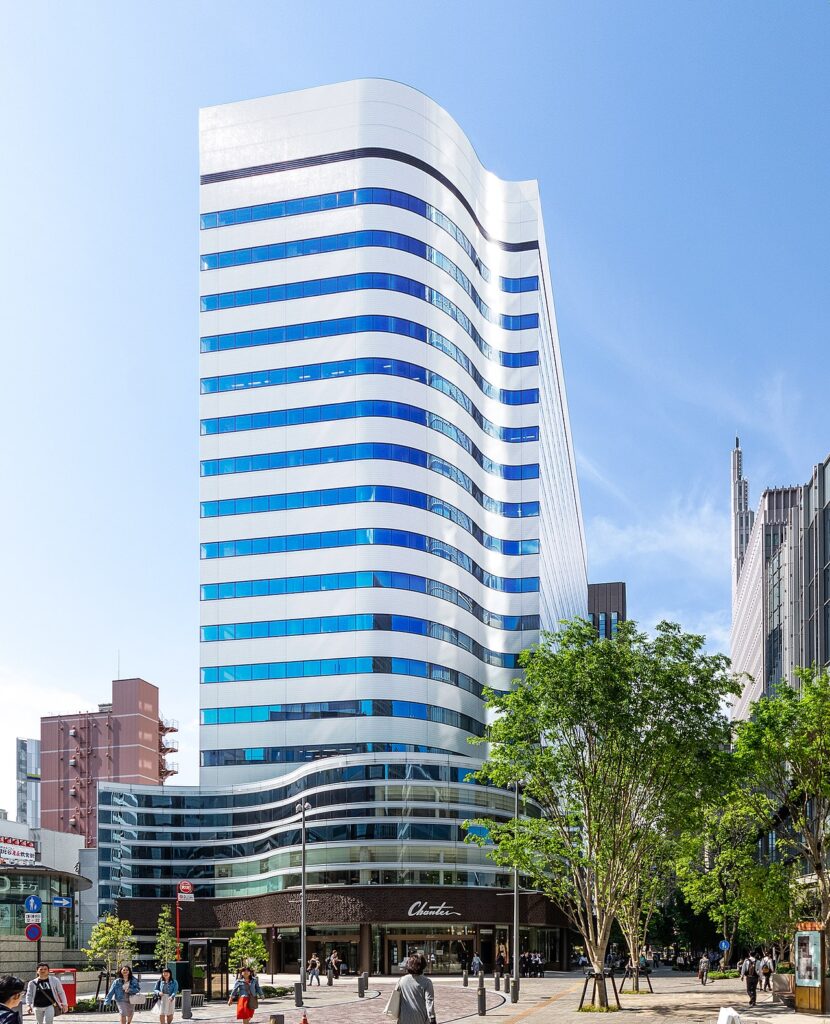
There are several Toho cinema screens in the area, but the most famous theatre in the area is undoubtedly the Tokyo stage of the Takarazuka company, headquartered in Osaka but with its second stage here. The company is famous for its musical productions, featuring exquisite choreography and costumes, The performers graduate to be popular artists if they do not decide to settle down and give birth to children, because all the performers are women.
The performances are usually sold out, but there are occasional stray places available, so it pays to ask at the ticket office.
Death of Date Masamune
The Takurazaka theatre is next to Hibuya Park, created as Tokyo was growing into a modern city at the beginning of the 19th century. It was originally land set off around Edo Castle, the residence of the shogun, for loyal clans that could function as a buffer towards an invading army that never came. The district is named for one of them, Oda Nagamasu, also known as Yuraku.
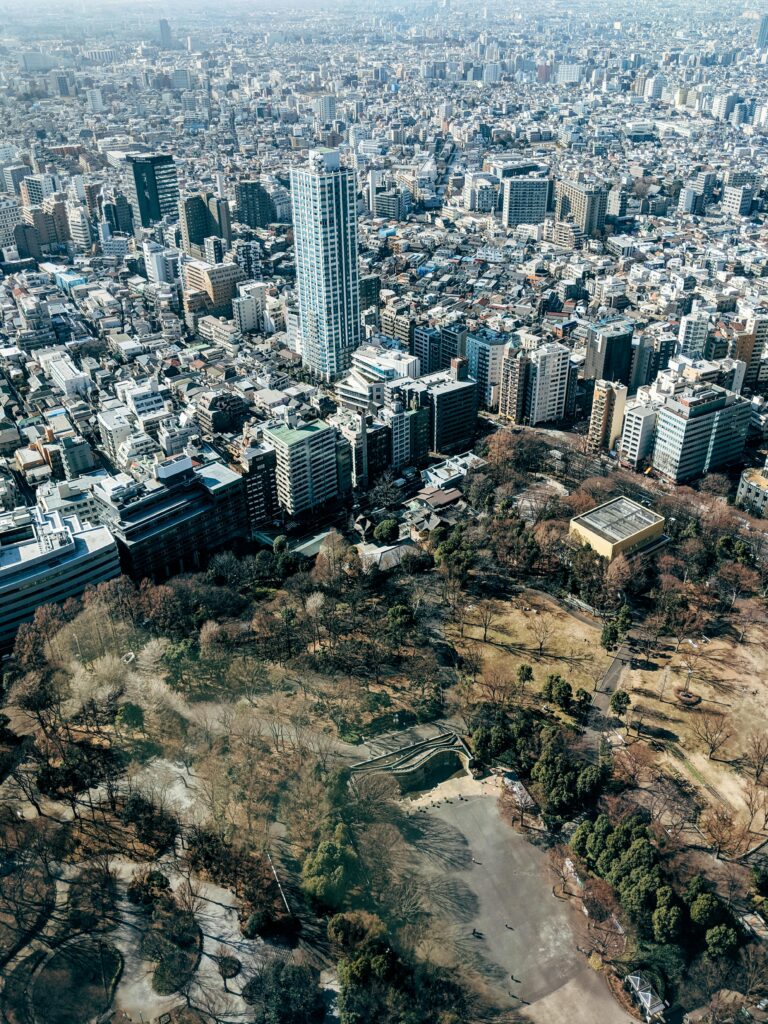
There are very few traces of the clans, save a few information signs outlining the history of the area. The arguably most interesting is the sign showing the location of the death of Date Masamune, one of Japan’s towering historical figures. He was the lord of what today is Miyagi prefecture, and the founder of Sendai city. And he was a brilliant general, taking his little rural clan and turning it to the ruling power in the top third of Honshu, the biggest Japanese island.
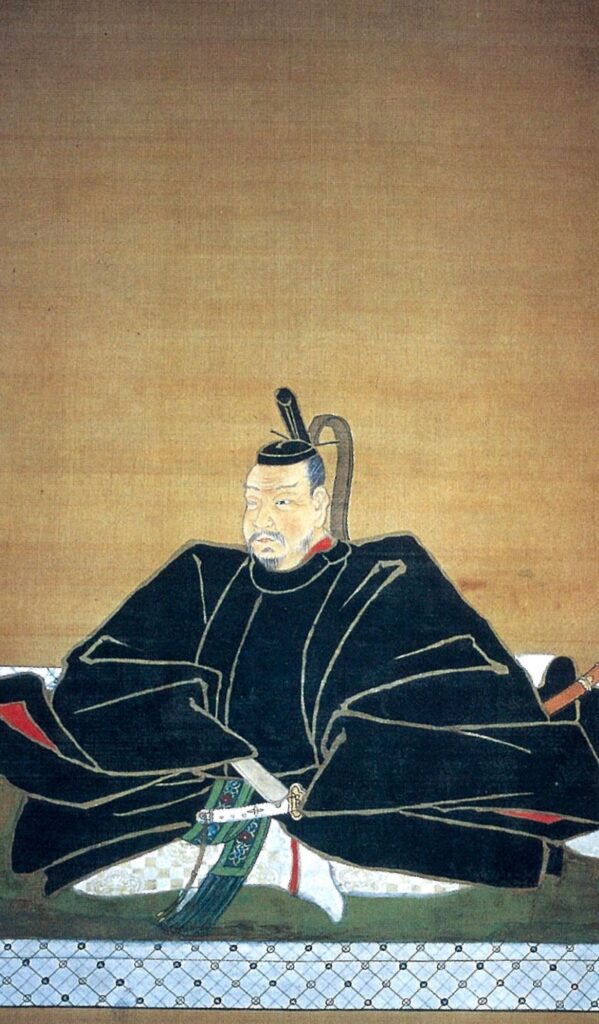
He was also a loyal follower of Tokugawa Ieyasu and his sons, even if he was also subject to the institutionalized hostage-taking which forced the lord to visit the court of the shogun every two years — and leave his wife and children in Edo in the meantime.
This forced him to visit Edo once every two years, although as a supremely accomplished politician as well as general he would probably have done so anyway. The location next to what is today the Imperial Palace tells that, as proximity counted in the court of the shogun, to be physically close to the shogun was to be in favor.
Not a park at the time
At that time, this was not a park. Hibuya Park was designed as a Western park at the beginning of the 20th century, but incorporated elements of the damiyo palace gardens that were here before. The most famous example is the 500-year-old ginkgo tree that was almost removed during the construction of the park.
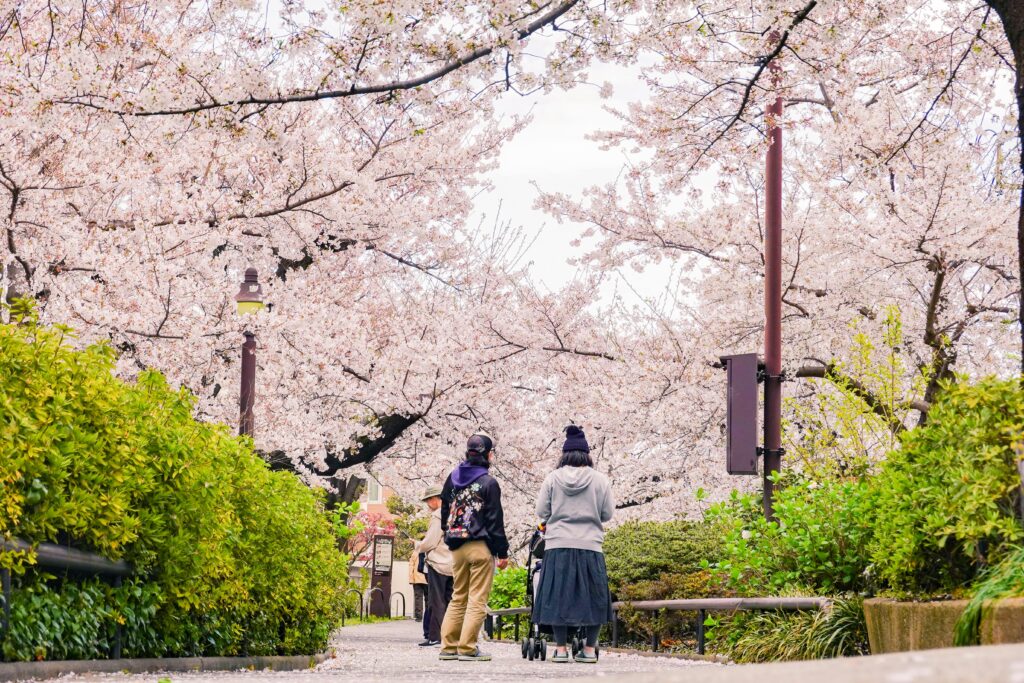
Today, it is the fin-de-siecle charm of the design, cast-iron street lights, rose gardens, fountains, gazebos, open-air music stages, and brick buildings that are the main draw of the park.
Unexpected monuments in Yurakucho
And the monuments. There are none of the monuments to visits by historical persons that you so often will find in Japanese cities, but there are other monuments: A memorial from the first visit of the president of the independent Philippines, a copy of the Liberty Bell from Philadelphia (without the crack), an ancient grindstone, and a runestone from Sweden. The latter was not raised by the actual Vikings (in what would have been the Muromachi era in Japan), but to commemorate the first flight over the North Pole, when Soviet Russian airspace was closed to air traffic and the closest route from Europe to Japan was to go straight north.
Stay tuned for more exciting content like this! Follow us on our social media platforms and check out our blog regularly to stay updated on the latest news, trends, and insider stories from Japan. Don’t miss out on future updates—sign up for our newsletter for exclusive content delivered straight to your inbox!
Related Articles
Warning: Undefined array key "sfsi_threadsIcon_order" in /home/veremosglobal/tokyoroomfinder.com/public_html/blog/wp-content/plugins/ultimate-social-media-icons/libs/controllers/sfsi_frontpopUp.php on line 165
Warning: Undefined array key "sfsi_blueskyIcon_order" in /home/veremosglobal/tokyoroomfinder.com/public_html/blog/wp-content/plugins/ultimate-social-media-icons/libs/controllers/sfsi_frontpopUp.php on line 170
Warning: Undefined array key "sfsi_bluesky_display" in /home/veremosglobal/tokyoroomfinder.com/public_html/blog/wp-content/plugins/ultimate-social-media-icons/libs/controllers/sfsi_frontpopUp.php on line 266

